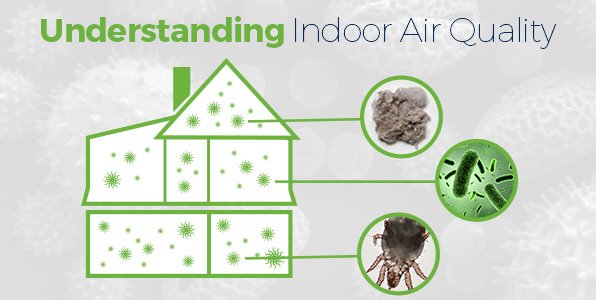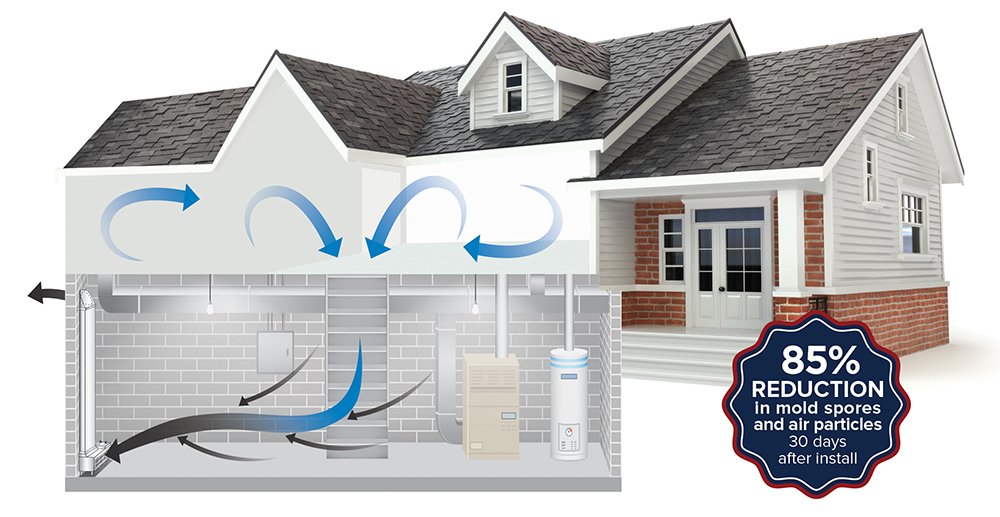In the pursuit of creating a comfortable and healthy living space, homeowners are increasingly turning to innovative solutions to enhance indoor air quality. The EZ Breathe System has emerged as a transformative technology, offering a unique approach to ventilation and air purification. In this article, we explore the multitude of benefits that come with integrating EZ Breathe Systems into homes, from improved respiratory health to energy efficiency.
Continuous Ventilation for Fresh Indoor Air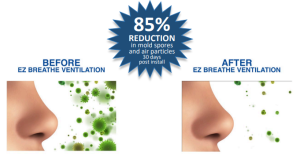
The standout feature of the EZ Breathe System is its commitment to providing continuous ventilation. Unlike traditional ventilation systems that cycle on and off, EZ Breathe operates constantly, ensuring a steady exchange of indoor and outdoor air. This perpetual airflow helps remove stale air, pollutants, and allergens, creating an environment with consistently fresh and clean indoor air.
Humidity Control to Combat Mold and Mildew
High humidity levels in homes, especially in basements and crawl spaces, can lead to mold and mildew growth. The EZ Breathe System effectively addresses this issue by reducing humidity through the exchange of moist indoor air with drier outdoor air. By maintaining optimal humidity levels, EZ Breathe helps prevent the conditions that foster mold and mildew, safeguarding homes from potential health hazards and structural damage.
Radon Mitigation for Health and Safety
Radon gas, a naturally occurring radioactive gas, is a prevalent concern in homes, and prolonged exposure can pose serious health risks. EZ Breathe aids in radon mitigation by promoting air circulation. As radon typically enters homes through the foundation, the continuous ventilation provided by EZ Breathe helps disperse and dilute radon, contributing to a safer living environment.
Energy Efficiency for Cost Savings
Energy efficiency is a key consideration for homeowners, and the EZ Breathe System stands out as a cost-effective solution. Its continuous operation uses minimal electricity, leading to lower utility bills. Furthermore, the system’s ability to condition incoming air by exchanging heat and moisture reduces the load on heating and cooling systems, contributing to overall energy savings.
Improved Respiratory Health and Indoor Air Quality
Indoor air quality is directly linked to respiratory health, and poor air quality can exacerbate conditions such as allergies and asthma. EZ Breathe helps address this by removing airborne particles, allergens, and pollutants. The result is an improved indoor air quality that promotes respiratory well-being, benefiting individuals with sensitivities, allergies, and other respiratory conditions.
Odor Elimination and Enhanced Indoor Atmosphere
Lingering odors can detract from the comfort of a home. EZ Breathe excels in odor elimination by constantly introducing fresh, outdoor air. Whether it’s cooking smells, pet odors, or other unpleasant scents, the system ensures a continuously fresh indoor atmosphere, contributing to a more pleasant living space.
Low Maintenance and Easy Installation
Homeowners appreciate the simplicity and ease of installation that comes with EZ Breathe Systems. Unlike complex ventilation systems that may require extensive modifications to the home, EZ Breathe can be installed with minimal disruption. Additionally, the system demands low maintenance, with periodic filter replacements and occasional cleaning being the primary tasks to keep it running smoothly.
Quiet Operation for Uninterrupted Comfort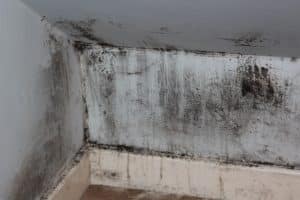
One notable advantage of EZ Breathe Systems is its quiet operation. The system operates without the noise associated with traditional HVAC systems, providing a serene indoor environment. Homeowners can enjoy the benefits of continuous ventilation without the disruption of loud fans or motors.
The EZ Breathe System emerges as a beacon of innovation in the realm of home ventilation and purification. Its commitment to continuous ventilation, humidity control, radon mitigation, and energy efficiency sets it apart as a comprehensive solution for improving indoor air quality. By incorporating EZ Breathe Systems into homes, homeowners can create an environment that promotes respiratory health, combats mold and mildew, and fosters overall well-being. The transformative benefits of EZ Breathe extend beyond air quality, contributing to a more energy-efficient, cost-effective, and comfortable living space.
Contact the experts at EZ Breathe today at 330-468-6500. Breathe easy and live healthily!

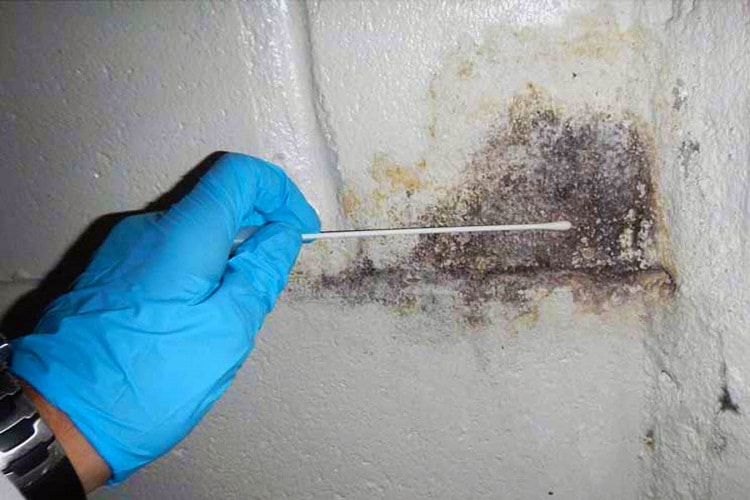
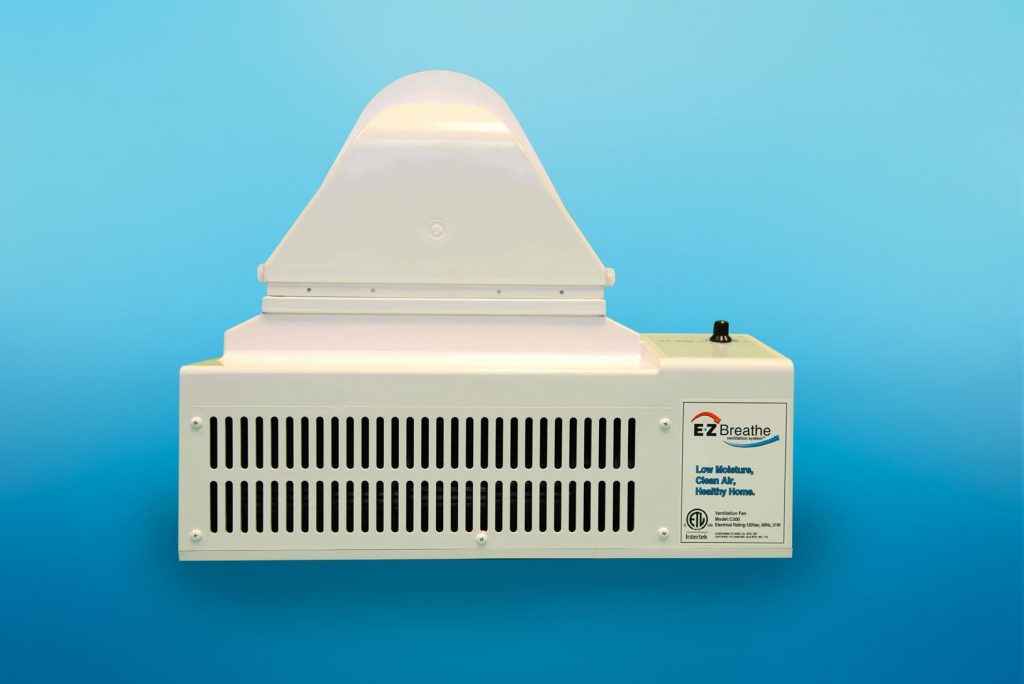
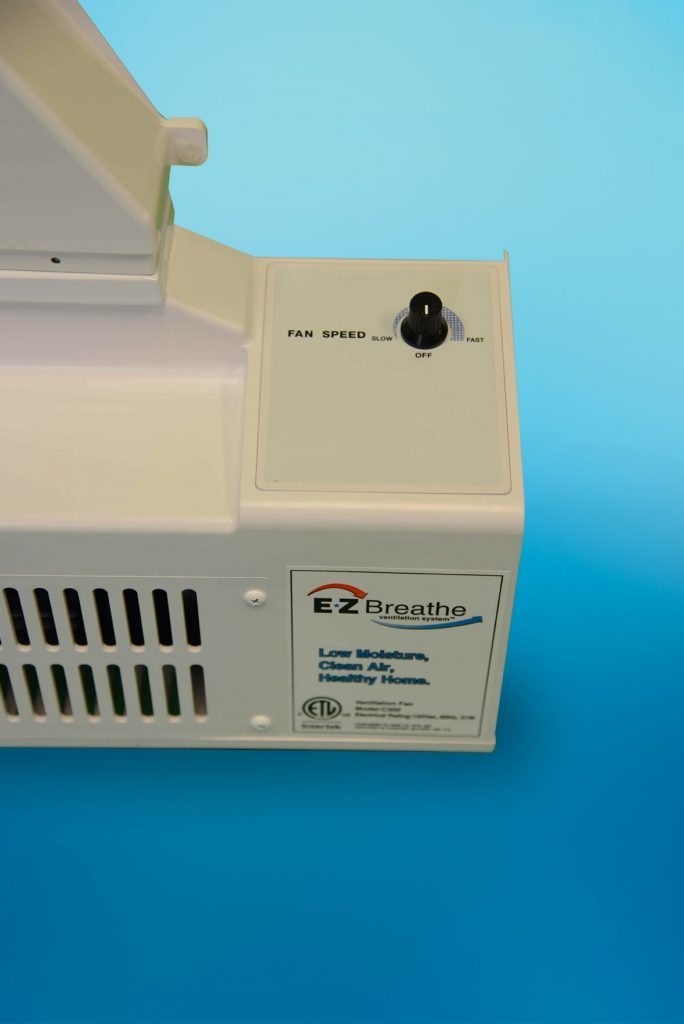










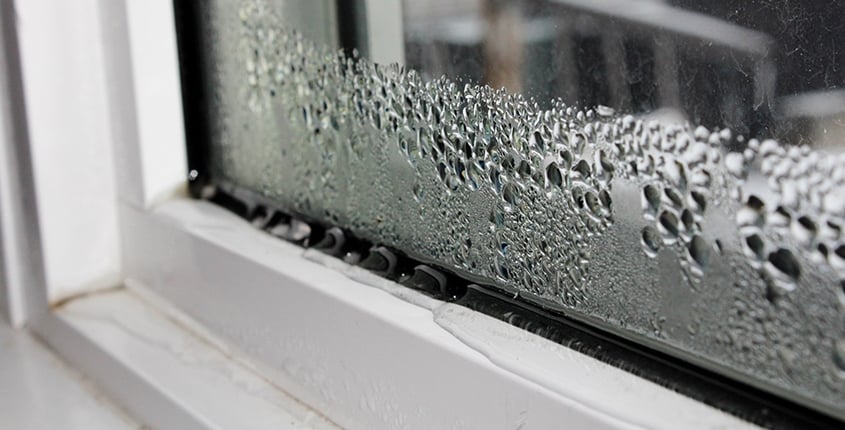


 1. Bacteria
1. Bacteria